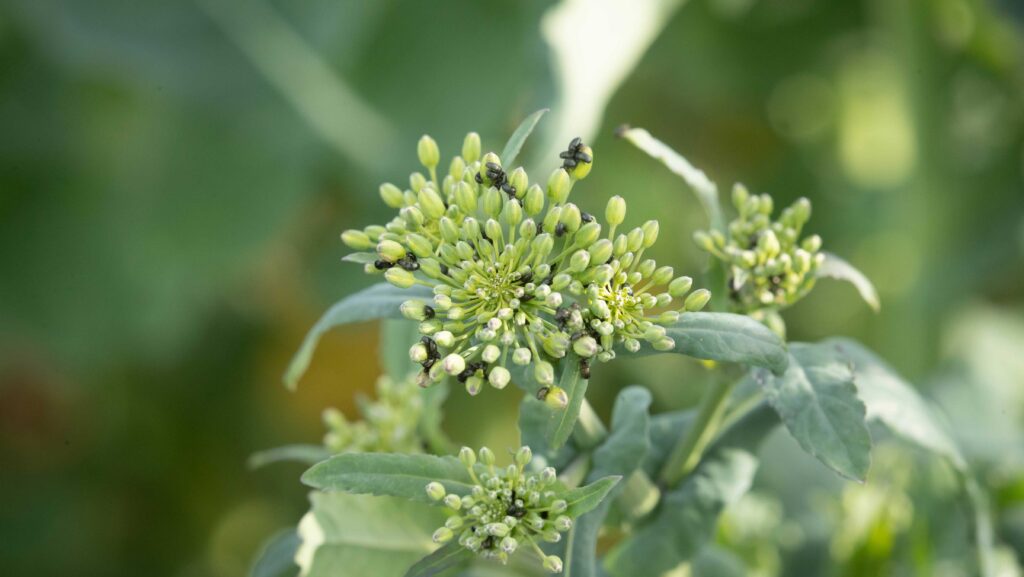How insect sensors enhance pest detection and reduce chemical use
 © Tim Scrivener
© Tim Scrivener High-tech insect surveillance sensors are shaping up to be an effective means of monitoring pest populations in crops, with detection up to four days earlier than traditional methods.
Data on insect species location and population density can also be collected, creating the opportunity to automate pest detection, target infestations and reduce insecticide use.
In a recent Danish study, in-field optical sensors were used to assess populations of pollen beetle in oilseed rape crops, alongside UK experiments on the pest’s spatial distribution at Rothamsted Research.
See also: Beekeeper bemoans collapse of OSR acreage in the UK
The trial
Dr Samantha Cook, a behavioural ecologist at Rothamsted and senior author of the study, explains how the sensors are a promising tool for early warning of insect pest immigration.
“Optical sensing of pollen beetles gives us more efficient monitoring in both time and space,” she says.
“Our study suggests potential for precision agriculture to reduce insecticide use through targeting pollen beetle aggregations – in other words, treating only areas of the crop where pollen beetle density is high.”
Using near-infrared technology, the automated sensors monitored pollen beetles by detecting insect wing beat frequency, which differs from species to species.
A signal of light backscattered by insects flying through a detector beam was used to determine this.
Pollen beetles have a wing beat frequency of 120Hz, so insects within the range of 100-140Hz were considered to be pollen beetles.
Results and findings
Results from the optically sensed field trial were compared with those monitored and baited via standard water traps and in-field counting by hand.
The optical sensors recorded an increase in pollen beetles two days earlier than water trapping and four days ahead of plant counts.
In all fields across the study, pollen beetles were identified in significant numbers and were shown to aggregate at specific crop timings.
Beetle density was found to be related to plant growth stage, with more beetles occurring on plants after the budding stage than before inflorescence development.
In terms of both early detection and numbers of beetles recorded, the sensors proved to be the more efficient pollen beetle monitoring method, explains study lead Professor Emily Bick of the University of Wisconsin-Madison.
“Understanding the dynamics of pest immigration into a crop field helps us to find effective and timely management strategies,” she says.
“Pollen beetle is a significant pest of OSR during budding stage. Better surveillance of in-field pests could help us to identify a way around the problem.”
The study was undertaken by the University of Wisconsin-Madison alongside scientists from Rothamsted Research, FaunaPhotonics and the University of Copenhagen.
Sensor scale-up to form automated pest and beneficial insect monitoring
Dr Samantha Cook explains how a network of optical sensors could be scaled up across a crop or landscape level to create the basis of an automated pest map.
Combined in a system that links the number of sensed insects immigrating into a field, temperature, and crop growth stage, a pest forecast could more accurately predict the risk of economic damage and provide an avenue for fully automated pest monitoring, she explains.
“Sensors might even be useful for tracking natural enemies to determine if an insecticide application is necessary, considering biocontrol potential.”
Alternatively, pollinators may be identified in the field to avoid non-target insecticide effects on beneficial insects, thereby contributing to both pesticide reduction and biodiversity protection goals.
